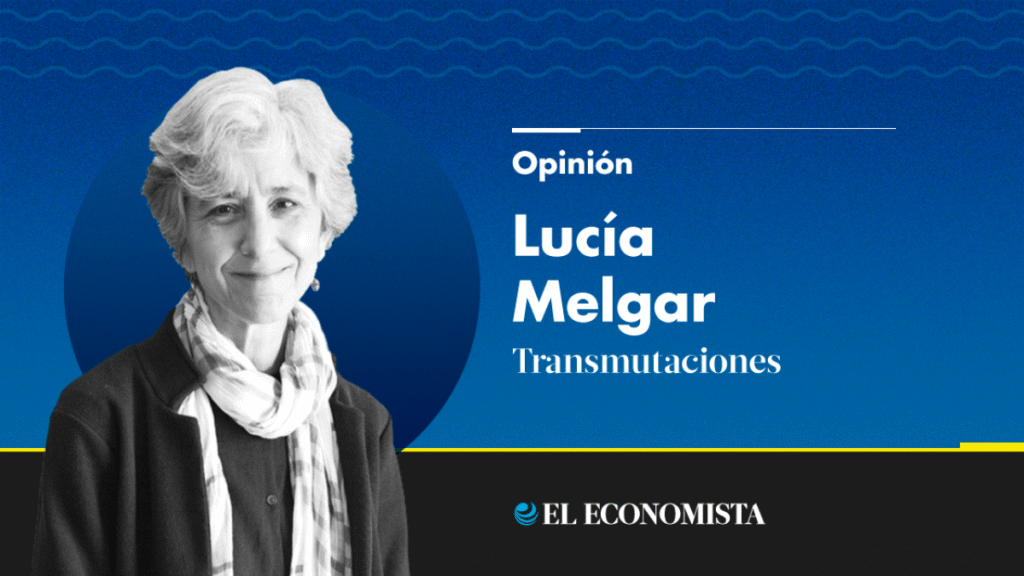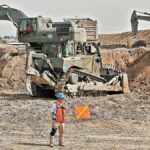The Unprecedented Tragedy
On August 6, 1945, an unimaginable tragedy struck the residents of Hiroshima when the first nuclear bomb was dropped by a U.S. bomber. Journalist John Hersey described it in 1946 as “the first great experiment with the use of atomic energy that no country, except the United States, could have developed.” Just three days later, a more powerful atomic bomb was unleashed on Nagasaki. The U.S. government claimed these attacks had hastened Japan’s surrender and saved a million lives, primarily those of American soldiers—a false narrative that soon emerged.
The Devastating Impact
In Hiroshima, approximately 140,000 people perished out of a population of 250,000. Nagasaki saw 74,000 fatalities. These grim numbers barely capture the horror of what the U.S. government then presented as a remarkable human achievement. Hersey’s “Hiroshima” report, published in The New Yorker in August 1946, offers a chilling account of the initial devastation.
- Instant blindness from intense light
- Burns and suffocation
- Severe bleeding and lack of medical care due to destroyed hospitals and insufficient resources
- Limited assistance from surviving, often injured medical professionals
Hersey, based on survivor testimonies, recounts the immense scale of destruction that overwhelmed Hiroshima’s population. Despite the chaos, two doctors, a Jesuit, and a Methodist minister among others, displayed remarkable resilience in responding to the unfathomable situation.
Long-lasting Consequences
The International Campaign to Abolish Nuclear Weapons (ICAN) highlights the long-term effects on Hiroshima and Nagasaki’s populations, including increased leukemia, various cancers, miscarriages, infant mortality, brain damage, and developmental limitations in subsequent generations.
Despite decades of perceived containment, nuclear weapon proliferation has continued. The Treaty on the Non-Proliferation of Nuclear Weapons excludes some nuclear-armed states. In 2024, ICAN reported that nine nuclear powers spent $100 billion on weapons of mass destruction.
A World at Risk
In a world threatened by climate change, hunger, and ongoing conflicts, investing in weapons of violence, pain, and death accelerates our self-destruction. Corporations and authoritarian, militaristic leaders seem to be guiding us down this path. Building an international pacifist resistance is not a utopian dream—it’s a vital necessity.
Key Questions and Answers
- What were the nuclear attacks on Hiroshima and Nagasaki? On August 6 and 9, 1945, the United States dropped atomic bombs on Hiroshima and Nagasaki, Japan, causing immense destruction and loss of life.
- How many people died in each city? Approximately 140,000 people perished in Hiroshima, and 74,000 in Nagasaki.
- What were the immediate effects of the bombings? Victims suffered from burns, radiation sickness, and lack of medical care due to destroyed hospitals and scarce resources.
- What long-term consequences have been reported? Increased rates of leukemia, various cancers, miscarriages, infant mortality, brain damage, and developmental limitations in subsequent generations have been documented.
- Why is nuclear weapon proliferation a concern? Despite efforts to contain nuclear weapons, their proliferation continues, posing a significant threat to global security and stability.






